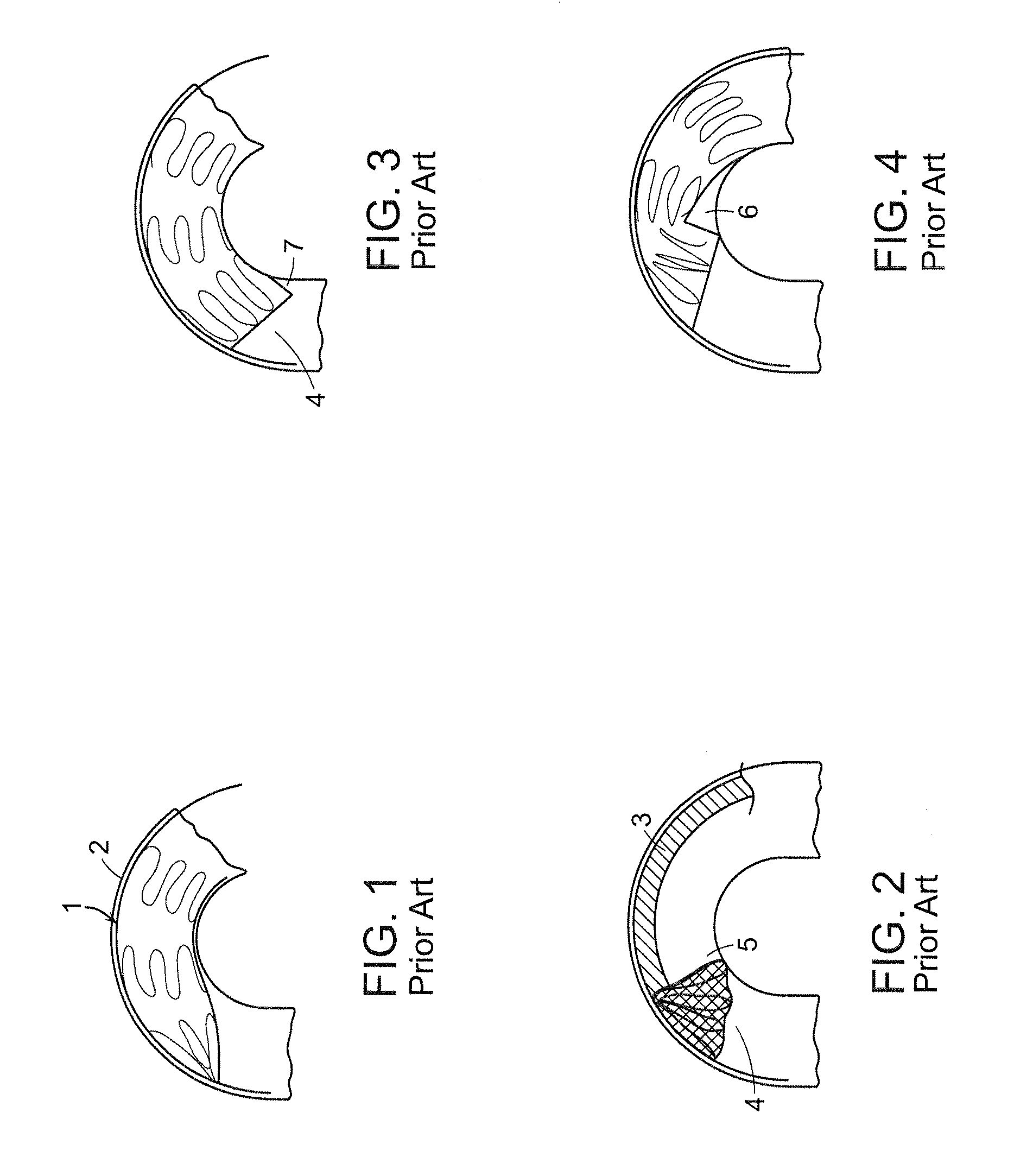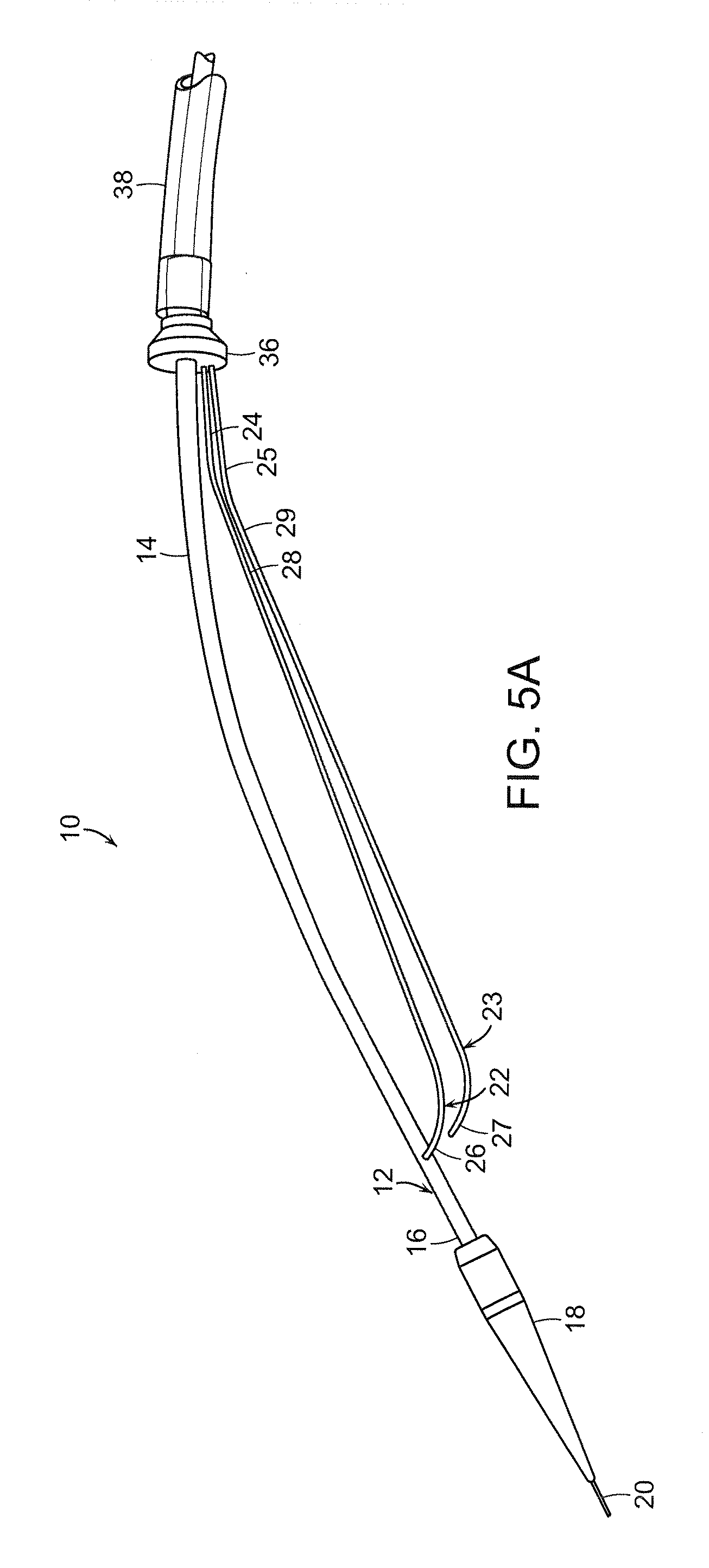System and method for deploying an endoluminal prosthesis at a surgical site
a surgical site and prosthesis technology, applied in the field of system and method for deploying an endoluminal prosthesis at a surgical site, can solve the problems of proximal end (cranially), stent graft not being able to properly align with the arterial wall, and the proximal end of the stent graft not being able to form a seal with the artery
- Summary
- Abstract
- Description
- Claims
- Application Information
AI Technical Summary
Benefits of technology
Problems solved by technology
Method used
Image
Examples
Embodiment Construction
[0052]The features and other details of the invention, either as steps of the invention or as combinations of parts of the invention, will now be more particularly described and pointed out in the claims. It will be understood that the particular embodiments of the invention are shown by way of illustration and not as limitations of the invention. The principal features of this invention can be employed in various embodiments without departing from the scope of the invention.
[0053]The present invention generally is directed to a system and method for implanting an endoluminal prosthesis within a vessel (e.g., artery) of a patient. The system and method employ at least one supporting wire to provide longitudinal support to prevent rotation toward the surgeon of a portion of a proximal end of an endoluminal stent graft during deployment of the stent graft. The proximal end of the stent graft is thereby properly seated at the surgical site proximate to an aneurysm or other diseased por...
PUM
 Login to View More
Login to View More Abstract
Description
Claims
Application Information
 Login to View More
Login to View More - R&D
- Intellectual Property
- Life Sciences
- Materials
- Tech Scout
- Unparalleled Data Quality
- Higher Quality Content
- 60% Fewer Hallucinations
Browse by: Latest US Patents, China's latest patents, Technical Efficacy Thesaurus, Application Domain, Technology Topic, Popular Technical Reports.
© 2025 PatSnap. All rights reserved.Legal|Privacy policy|Modern Slavery Act Transparency Statement|Sitemap|About US| Contact US: help@patsnap.com



